One of the best and most popular methods for printing shirts and other garments is screen printing.
Whether you're printing shirts for your landscape or construction company, annual company event, team building exercise, school, or family reunion, screen printing is great for:
- Vibrant colors and images
- Clear and readable designs
- Eye-catching and professional-looking shirts
- Uniquely fade-proof shirts
- Affordable and durable shirts
Most importantly, screen printed shirts are always in style and a well loved promotional item.
We've been screen printing for over 10 years and we like to think we've learned a few helpful tips and tricks during that time.
Here are some interesting facts about screen printed shirts that will help you with your next shirt order.
1 - Screen Printing Shirts Is an Art as Much as a Science
Screen printed shirts are a blend of art and science, with the different fabrics, inks, chemicals, and technology that need to be considered to create the perfect shirt.
As an art form, the process involves applying designs, type, and artwork to shirts using screens. The artwork can be an image, a logo, a hand illustrated design, letters, or numbers.
Screen printing shirts is also an art because:
- It requires close attention to detail to create quality prints.
- It takes skill and creativity to successfully print intricate designs on a variety of different materials.
In other words, screen printing largely depends on understanding the process. Regardless of the technical capabilities of the screen printer, it’ll be impossible to achieve accurate and repeatable quality if the wrong ink, screen, stencil, or squeegee is used.
As a science, the process involves analyzing how different inks absorb on different fabrics in order to create high quality prints. We make a lot of decisions for each shirt that have an impact on the final product - from mesh count to squeegee pressure to ink opacity to curing temp.
All of these variables, as well as the type of shirt and fabric content, play a roll in the final product.

2 - Every Garment Is a Little Bit Different

Almost every material works well with screen printing, however, not all garments print the same.
Different techniques or inks work better on different fabrics. For instance, not all fabrics will accept standard plastisol ink, which is the most common ink that we use in our shop.
Here’s how screen printing works on other different types of garments or fabrics:
- Cotton: This is the best fabric for screen printing because it’s highly absorbent and made of natural fibers. It provides the best surface for printing on because ink adheres to it more more readily than synthetic fabrics, making it a better substrate for screen printing.
- Blend of Cotton and Polyester: While poly/cotton blend shirts are often the softest shirts on the market, they can provide challenges with standard inks. The polyester fabric tends to cause the ink to migrate or bleed during curing. Therefore, it's important to monitor the temperature of the ink and the temperature of the fabric dyes to prevent migration. To prevent dye migration, we often use low cure and low bleed inks on blended shirts.
- Polyester: It causes dye migration, meaning small dye particles move from the garment fabric to the screen print ink. In plain English, this means that if a polyester garment is exposed to too much heat or is heated for too long, the ink printed on it can change color. For instance, white printed on a red polyester garment may turn pink if over exposed to heat. In order to prevent this from occurring, polyester clothing requires low cure and low bleed inks and careful monitoring of cure temperatures.
3 - Each New Color Requires a New Screen and Setup

Screen printing shirts involves printing one color at a time—if your design has multiple colors, each new color will require a new screen and setup.
In other words, once the colors are separated digitally, each color will be burned onto its own screen. On the press, the ink color is selected for each color in the design and printed one at a time.
Creating a new screen for every additional color increases the setup costs for an order—meaning, you'll pay more for your custom shirts if you need more than one color.
At Jupmode, we’re capable of printing up to 10 colors on one side of a shirt. However, most shirts we print have 3 to 5 colors. If your shirt requires more than 10 colors, we have digital options available.
If you’re on a budget, here’s how you can save money on your next order of screen-printed shirts:
- Make the art or design as simple as possible.
- Create artwork with one to three colors for your t-shirt design.
- Increase your quantity to reduce costs.
4 - Scrap Happens

As mentioned earlier, screen printing is as much of an art as it is a science. This means that the process isn't fully automated. We are human, not machines.
All of the variables that go into screen printing create opportunities for mistakes. While we have a lot of experience and the best equipment, mistakes still happen.
As we say in our shop, "we're not curing cancer, it's just t-shirts".
We know that your shirts are important and we work hard to print your shirts to the best of our ability. At the end of the day we consider ourselves lucky that what we're doing is not crucial to sustaining life.
That being said, there are times where we misprint a shirt. The ink might run out on a screen and we might not get full coverage of the print, the adhesive might wear out mid-run and a shirt might move between colors, or there might be a hole in a shirt that we didn't see before printing.
No matter the cause, it's an unavoidable problem.
Pro Tip: To make sure scrap isn't an issue for your order, we recommend ordering a few extra shirts to cover potential scrap (this might also come in handy if someone else joins your team or signs up for your event).
Good to Know:One nice thing that we do is print a few extra free shirts on larger orders just to cover our bases.
5 - It’s Called Screen Printing for a Reason—We Use Screens to Print on Shirts
It always catches us off guard when we take people on a tour of our screen print shop and they are surprised that we aren't using a digital process to print our shirts.
With the advance of technologies over the years, most people assume that making t-shirts is a digital process. And you know what, we get it. It's a practical assumption.
Modern day screen printing is still very similar to the origins of screen printing. If you've screen printed in an art class, you know what we're talking about. We use a screen that is made of a frame with a mesh stretched over it. Some of our earliest screens actually had wooden frames.
After exposing or burning an image into that screen to create a stencil, we then pass ink through the screen to print a design on a shirt.
This is all pretty tricky to explain with words on a screen. It's even a little tough to explain in person. The point is, we use actual screens that aren't too different than screen doors to decorate clothing.
This video below will give you a better visual on how we actual make the screens. And, of course, if you're in the area and want to see it in person, let us know and we'll give you a tour.
6 - Screen Printing Shirts Requires Patience

Screen printing is a complex process because of the interaction of different elements, such as screens, machinery, substrates, inks, and chemicals. The complexity of the process is also dependent on the design and project.
Additionally, screen printing requires a lot of preparation, a careful eye, a focused mind, precision, and lots of patience. It's even important to keep in mind that we don't warehouse all of the blank t-shirts. We order them specifically for your order and have to wait for them to arrive.
In light of all these factors, it's never a good idea to rush the screen printing process. Luckily, the team at Jupmode knows that you don't just want shirts, you want them fast.
Therefore, we don't adhere to the standard turnaround of two weeks like other screen printers. We check our production schedule before confirming whether we can meet your deadline and always meet deadlines. Even though we might move fast, we always get final artwork and order approval before moving forward. This helps us establish accurate expectations and orders details.
Most importantly, you can feel safe in the knowledge that, regardless of how complicated the artwork may be or how quickly you need your shirts, your final product will look great.
7- Simple Designs Are Better and More Sustainable
Whether you are designing a shirt for marketing purposes or to sell in your store, many of the concepts are the same. The golden rule is, keep it simple.
Simple designs work best and are easy to read and remember.
Keeping your colors simple is also important. To that end, don't be afraid to use just a few colors. Some of the best shirts that we print are three colors or fewer.
Need further confirmation? Take it from the industry experts at the Ink Kitchen, "Let’s start with the conclusion, which is that simple prints done well sell best."
Here are some tips on how to keep it simple:
- Create uncomplicated design with clean, crisp lines and few design elements.
- Use clean, bold fonts.
- Limit designs to 3 to 4 colors at most.
- Use ink colors that complement the shirt color.
Have questions about artwork or need help bringing your idea to life? Our expert graphic designers are here to help!
We know that the design can make or break the shirt. That's why we have an experienced graphics team who specializes in shirt design. When you reach out to us we'll transform your idea to reality and make recommendations based on our acquired expertise.
Are You Ready to Make Your Shirt Dreams a Reality?
Our expert team will guide you through the design process from start to finish, so you can be sure you’ll receive a final product you’ll love.
We offer custom screen-printed shirts for businesses, events, schools, and other organizations, including:
The following table shows the recommended print area for adult, youth, and toddler shirts:
| Recommended Print Sizes | |
| Adult shirts | 11" x 11" |
| Youth shirts | 9" x 9" |
| Toddler and onesies | 6" x 6" |
| Max print area | 15"W x 18"H |
Besides striving for customer satisfaction, we also offer fast turnaround and quick shipping. To get started, contact us today.
“Used for company t-shirts. Excellent price, quality, design team, and quick shipping. First time customers, but we'll be back…..”
—Christina P
Share on Facebook:



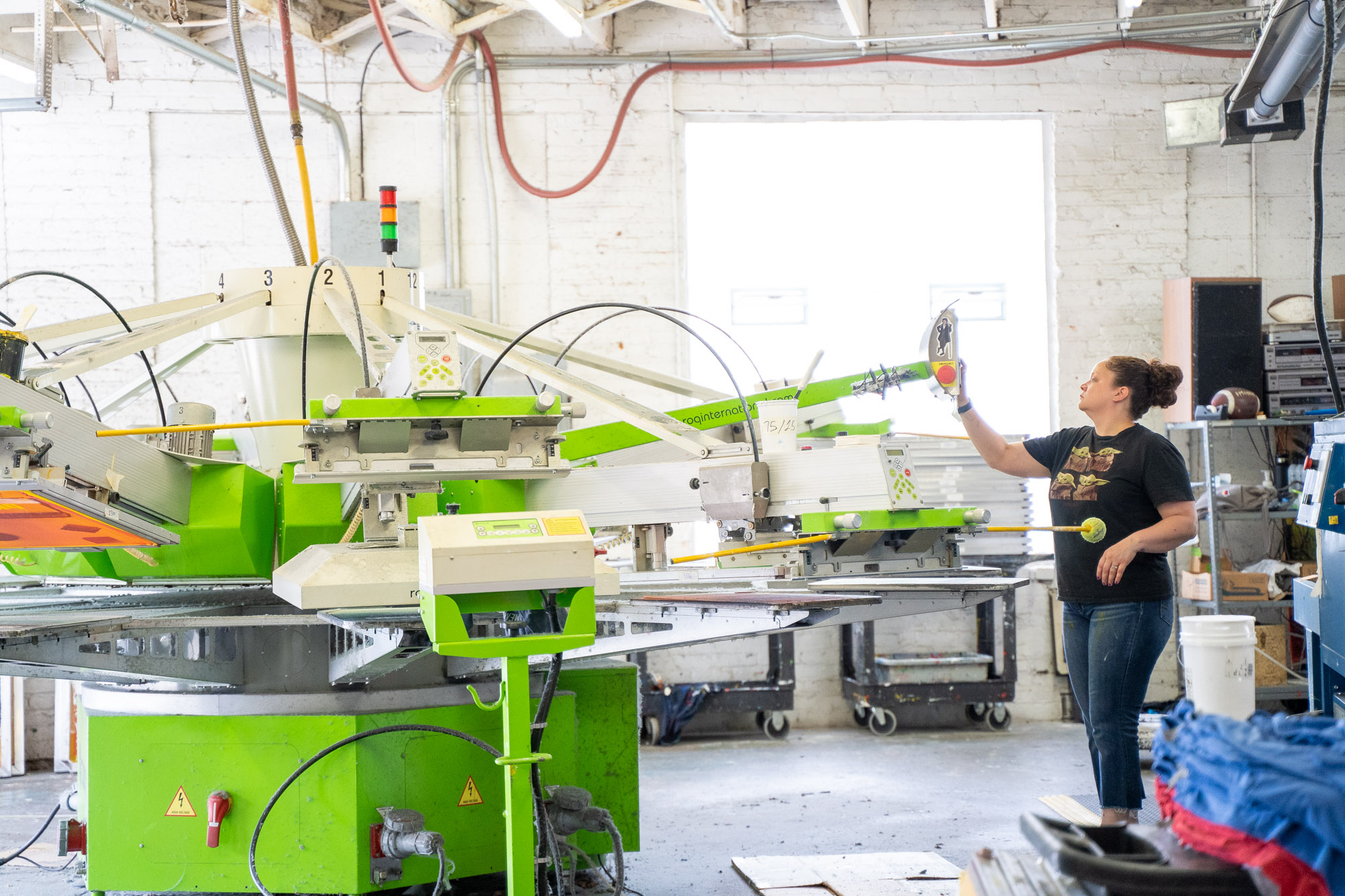
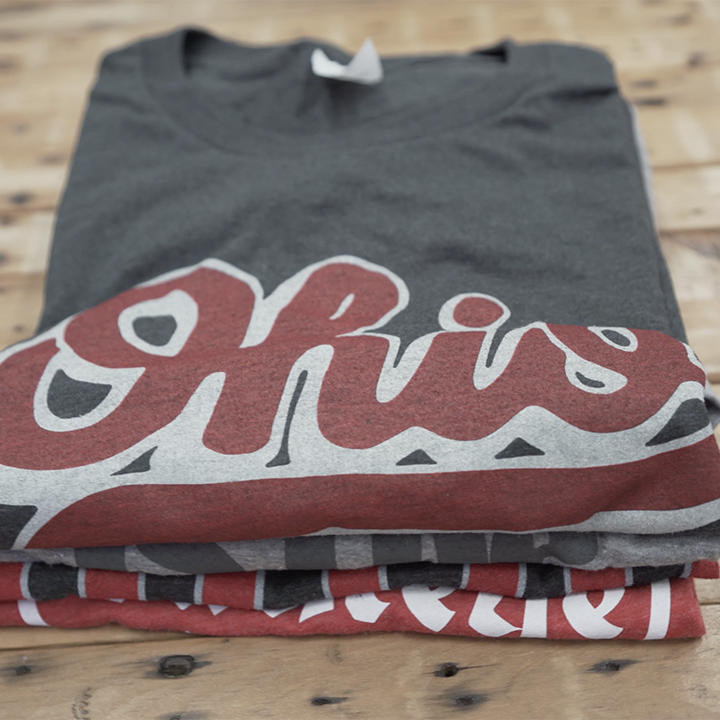

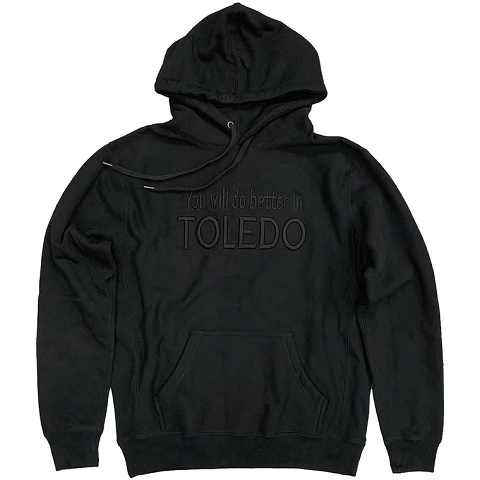
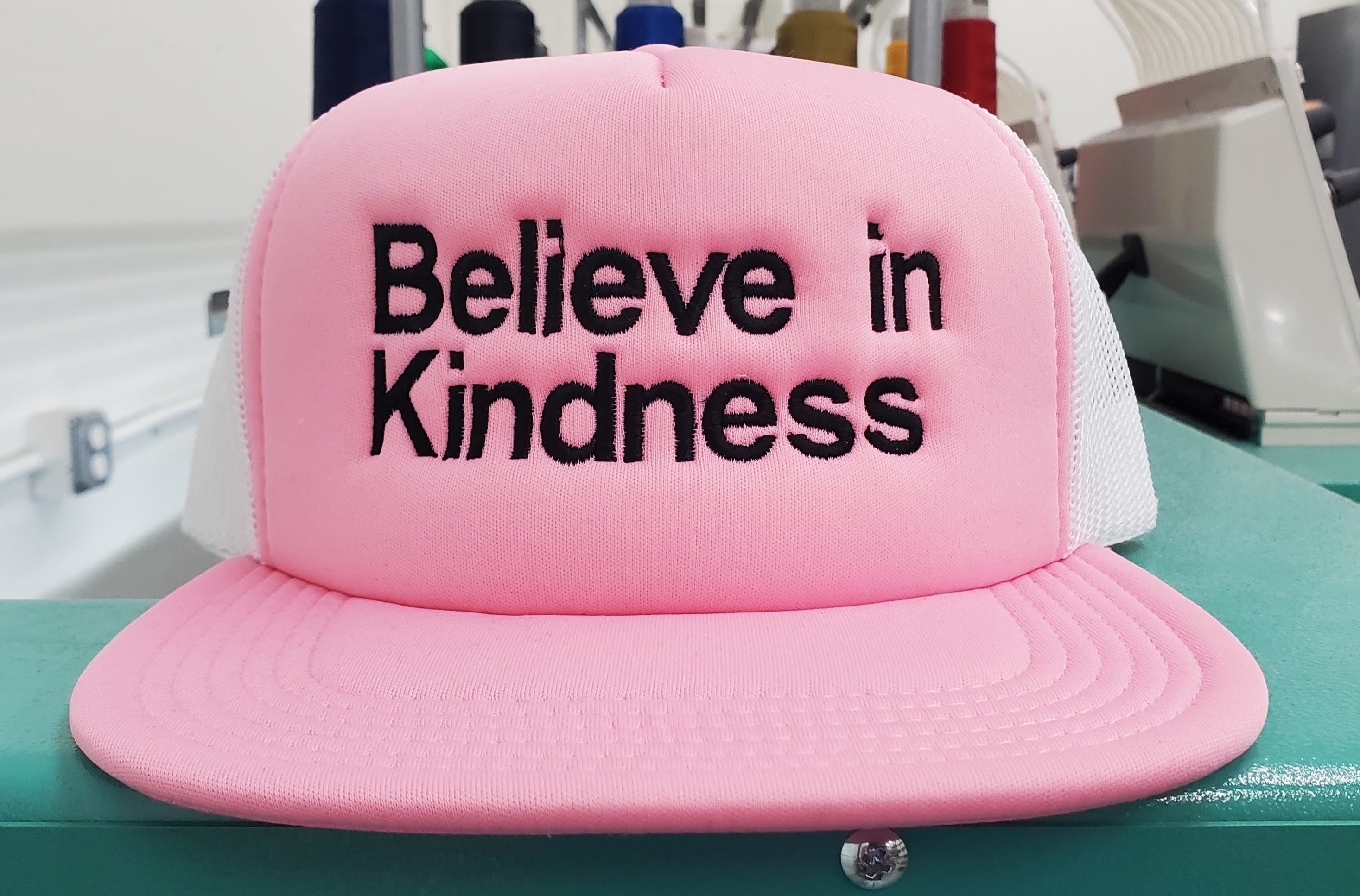
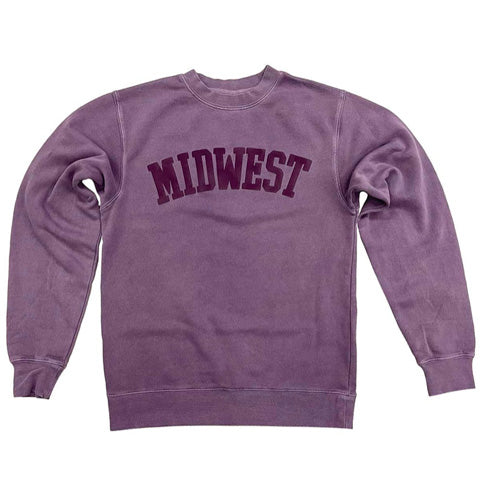
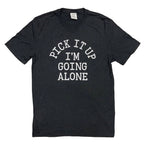
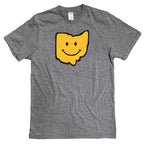
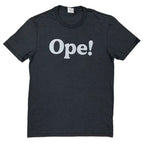
Comments
Write a comment